Marsala is a fortified wine. It is produced in the Sicilian cities of Marsala and Trapani. To make it they use the fruits of local vineyards. Usually these are white wine grape varieties. Marsala can be compared to Port, which is also a fortified wine. Like it, Marsala is widely used in cuisine, especially in the preparation of sweets. It is preferred because it provides a delicate but very refined flavor to the culinary delights.
History of Marsala
Marsala is a traditional wine of the island of Sicily (Italy). In fact it is the most popular grape elixir of the area. Its origin dates back to the long gone 18th century. It is believed that it had something to do with the English trader John Woodhouse.
At the time, he arrived at the port city of Marsala and familiarized himself with the local wine, which is left to age in oak barrels. It reminded him a lot of the Portuguese and Spanish fortified wines, which were popular in England at the time. And the wine was indeed very well received in the trader's homeland. Later, he returned to Sicily and began widely promoting the wine.
Production of Marsala
Marsala possesses admirable qualities, owed to some extent to the technique used in the wine production. Fermentation takes place as with other wines.

But the unique thing is that a certain amount of grapes is set aside to prepare a sweetening agent, which winemakers call cotto or mistella. Mistella is the result when dried grapes are combined with wine alcohol. Cotto on the other hand is obtained when the grapes are heat treated. The final product is a thick syrup.
Characteristics of Marsala
Marsala is a wine that needs to be strengthened with alcohol. This way, the ABV reaches 17-20%. The sugar content can come out to 1.5-7%. The first thing that will catch your eye is the characteristic dark and saturated brown-red color of Marsala. The aroma which this alcoholic drink gives off is overpowering to say the least.
The aromas which will conquer your senses remind of vanilla, brown sugar, smoked apricots, tamarind. In some wines, tones associated with walnuts, honey, tobacco, herbs, apples, sour cherries and others may be felt. The taste itself is also unique. Experts say that it is akin to an exquisite sherry. When left to age, it gains an even more distinct profile, capable of surprising even the most experienced palate.
Types of Marsala
There are different types of Marsala. Mainly they differ by the duration which they are left to age. One known category is called Fine. The wines belonging to it are left to age at least 1 year. Another category is known as Superiore. Wines of this type have been aged at least 2 years.
If a wine has been aged 4 years, it falls under the Superiore Riserva category. If a Marsala has aged 5 years, it falls under the category Vergine or Soleras. If aged at least a decade, the wine belongs to the Soleras Riserva category.
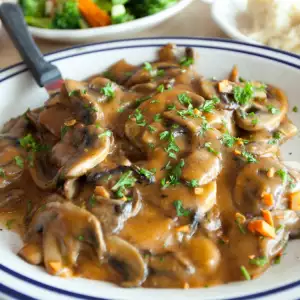
Storage of Marsala
Marsala needs to be stored in cool and dark areas. Wineries, cellars and cold storehouses are preferable. Do not store the wine in a refrigerator under any circumstances because this will only be detrimental to it. Also know that once opened, the wine begins losing its aromatic qualities. That is why it's not recommended to drink a bottle of it over an extended period of time. An opened bottle of this wine can retain its freshness for about 1 month.
Serving Marsala
Serving Marsala is a real treat. But before being served, the wine needs to be well chilled. The temperature to aim for depends on which of its qualities you wish to stress most.
For example, if you would like to accentuate its sweet taste and rich aroma, you have to maintain a temperature between 60°F (15°C) and 60°F (18°C). If you would rather emphasize the freshness of the drink, you can allow for lower temperatures - from 50°F (10°C) to 60°F (14°C).
As you know, when serving such a rich wine possessing such impressive characteristics, it is crucial what we combine it with at the dinner table. One of the advantages of Marsala is that it can be paired with foods that are otherwise difficult to combine, such as brussels sprouts and asparagus.
Don't hesitate in harmonizing the taste of the wine with dishes such as asparagus with cream or brussels sprouts with butter. Certain types of cheeses also work well as an appetizing addition to the wine. Fans of these types of dairy products usually combine the Sicilian grape elixir with parmesan, Gorgonzola, Roquefort and others.
Cooking with Marsala
Marsala is among the wines widely used in cuisine, most commonly in Italian cuisine. Specialties with Marsala can be found in a significant number of the Italian restaurants in the US. The wine is used to season different kinds of vegetable and meat dishes with chicken, veal and beef.
A sauce of Marsala with mushrooms and herbs is used to season spaghetti, pastas and risotto. The wine is particularly popular when preparing emblematic desserts such as tiramisu. It is also used in recipes for cakes, biscuits and other desserts. Marsala is a preferred product for mixing cocktails as well.
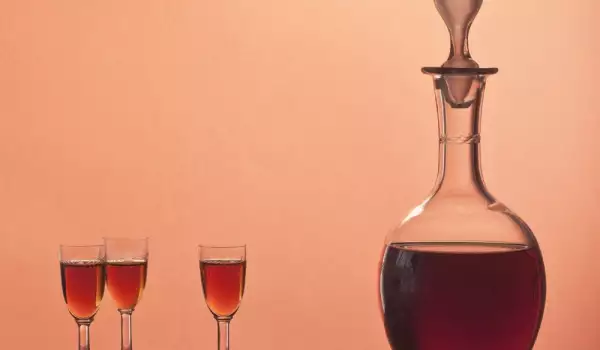

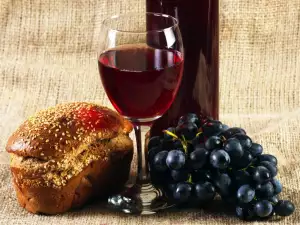


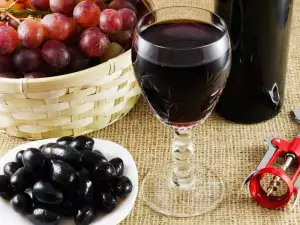





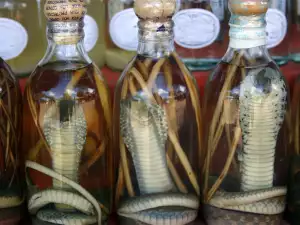


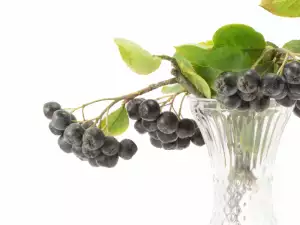




Comments